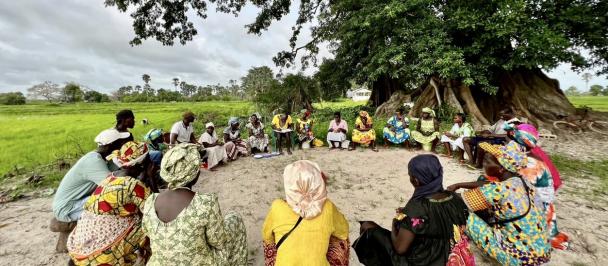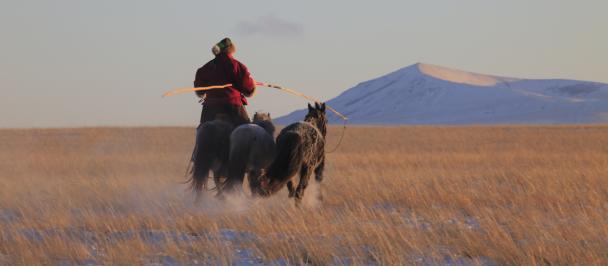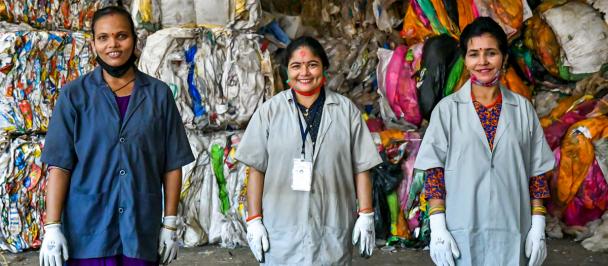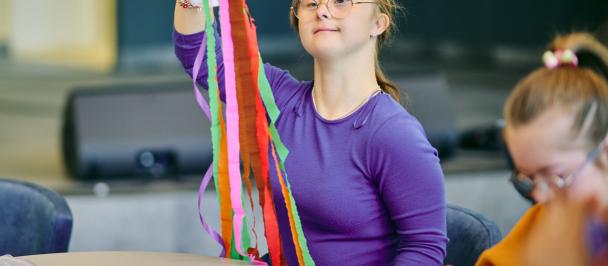Why diversity and innovation are more than representation and technology
My disabilities are the antihero in my story
November 29, 2022
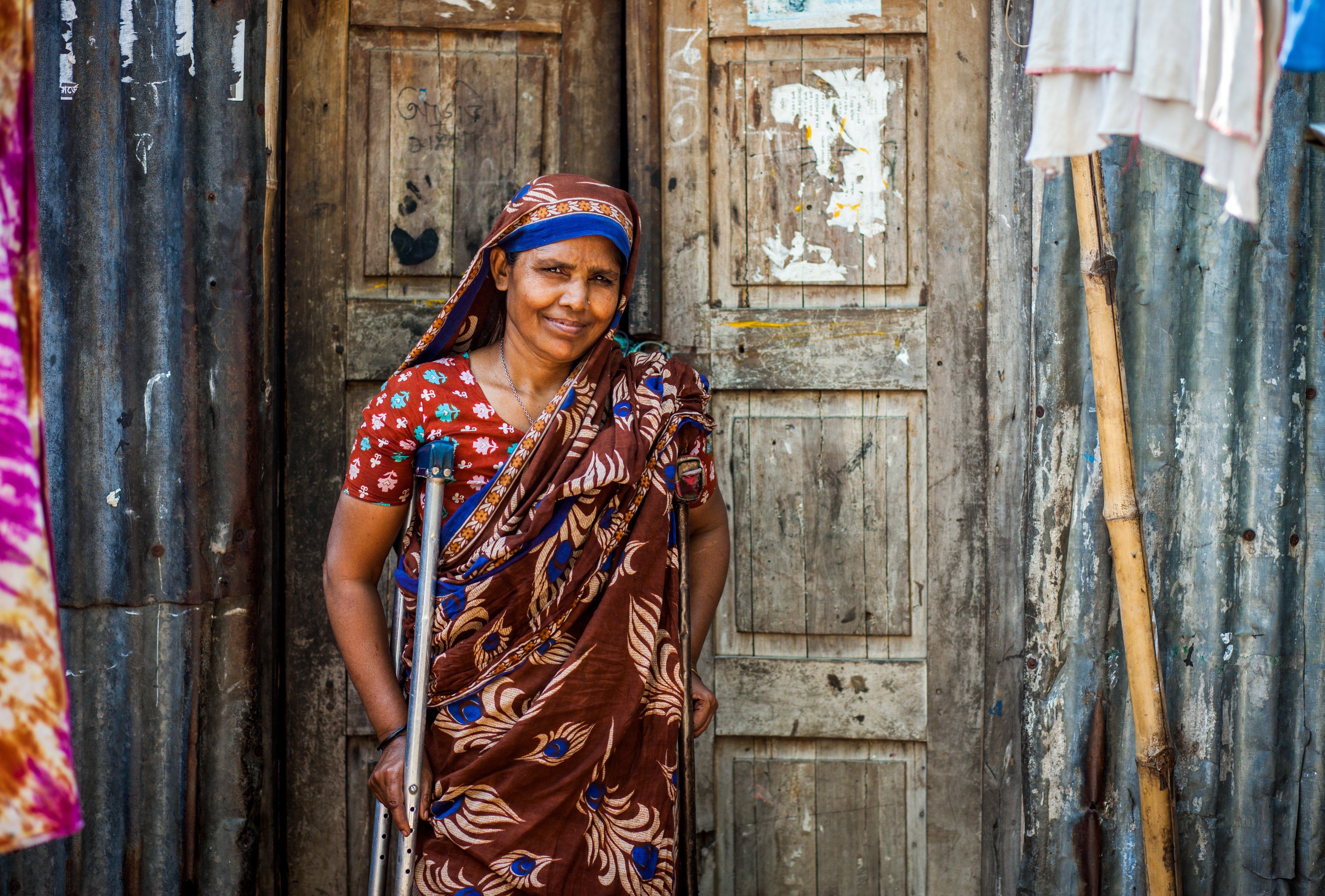
While some disabilities are immediately apparent, many are completely invisible. Employers and policymakers that seek to be inclusive must take both into account.
Within the span of a year, at the age of 14, I remember the thrill of reading my first book cover to cover and the pain of being told I would never graduate from high school by a teacher. That was the year I was diagnosed with multiple disabilities, including dyslexia and attention-deficit/hyperactivity disorder (ADHD), and everything shifted. Within those diagnoses, I was given the freedom and relief of knowing I wasn’t incapable, and I began my own pursuit of knowledge outside of the schooling system that was failing me.
In appearances I am able bodied; I am pursing my master’s in international educational development at a prestigious university and interning at UNDP. Yet there is never a day that I am not reminded of (hindered by) my disabilities. And living with ‘non-visible’ disabilities means that unless I choose, or am forced, to disclose my disabilities, most people would never know. My disabilities interfere with my ability to receive, express or process information in a neuro-normative way. And this has resulted in a life-long challenge to educate, explain and advocate around what it means to be truly inclusive.
International Day of Persons with Disabilities falls on 3 December, and the theme in 2022 is “Transformative solutions for inclusive development: the role of innovation in fuelling an accessible and equitable world.”
Here is what this means to me.
Transformative solutions require funding, yet funding does not equal inclusion
Terms like diversity, equity and inclusion are becoming much more common, which is a good thing. One reason the conversation shift is so powerful is that it can help with diagnosis and with accessing support. Additionally, growing up, terms like neurodiversity or disability inclusion weren’t a part of the cultural norm. For context, I was diagnosed in 2009, just one year after the UN Convention on the Rights of Persons with Disabilities was adopted and signed. This timing may be a coincidence, but for me it shows how awareness and accessing support go hand in hand.
But I'm also someone who grew up in California, United States of America, and was relatively privileged in terms of my access to assistive technologies. In many parts of the world, intellectual and developmental disabilities still aren’t recognized, and while conversations are advancing – early interventions can change lives – funding is not yet meeting the requirements for this inclusion. I would urge funders to seek collaboration with organizations of people with disabilities, to ensure their commitments are building transformative solutions that honour the rights of persons with disabilities.
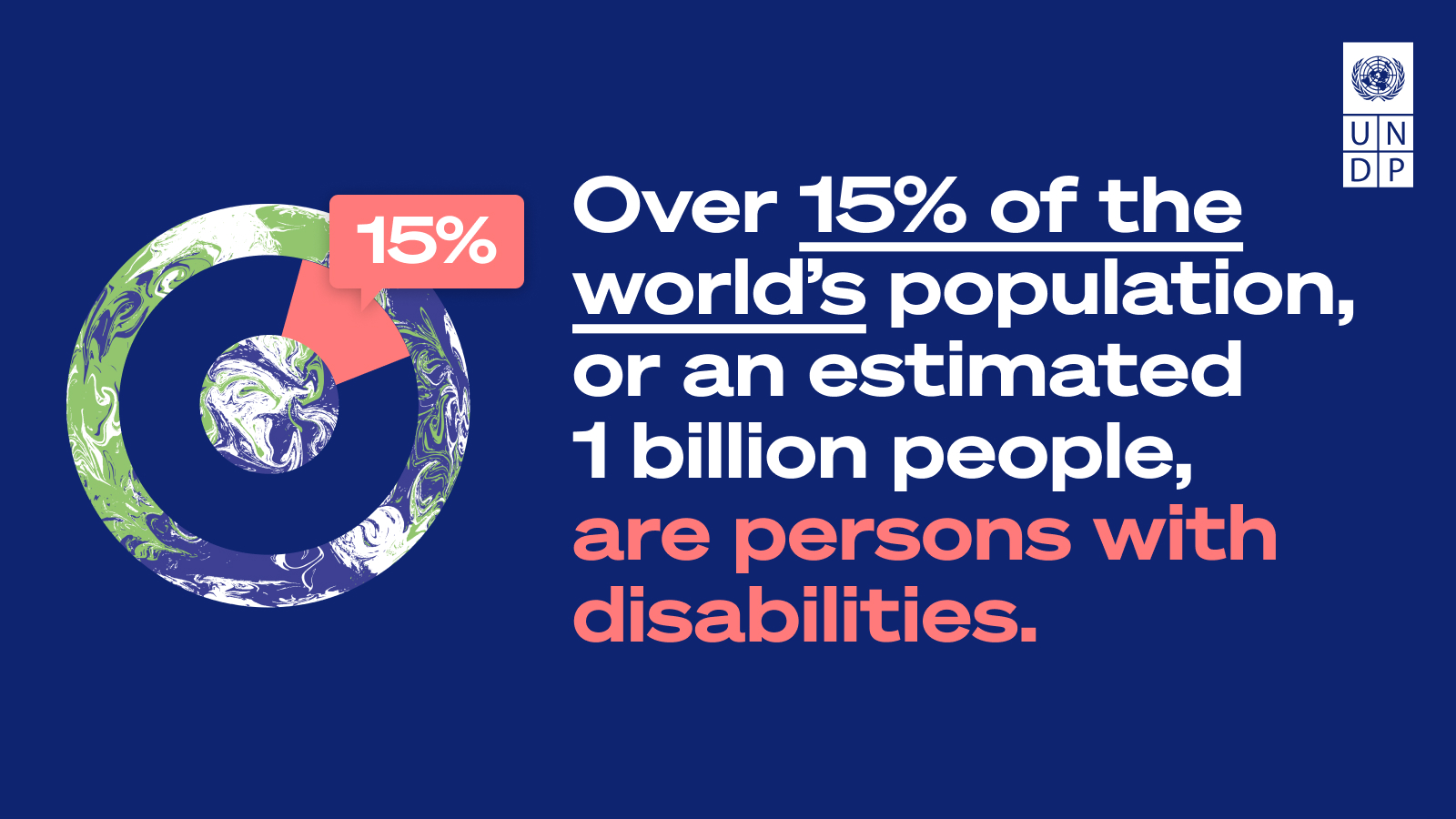
Diversity of thinking
In addition to shifting the conversation, we also need to shift perceptions – to recognize that celebrating diversity also means celebrating diverse ways of thinking. The way a neurodiverse brain works, or a brain that has ADHD or even autism, is not always linear. We think in our own way. My thought processes may not make sense to you, and I may not get to the answer the same way you do – but celebrating different ways of thinking and processing is important and is vital for innovative solutions. My disabilities are the antihero in my story. They may seem like a hindrance at first glance, but they help me think differently – more creatively – and if we truly want diversity, then that means also celebrating diversity of the mind.
Technology alone isn’t the answer
One really positive outcome of recent years is that technology is more readily available and accepted in the workplace. Whether it is online meetings with automatic transcriptions, speech to text software or reading processing systems, all of these innovations have had a positive impact on my being able to participate more fully in education and employment. It may not be a level playing field, but I can at least keep up. But technology is not a silver bullet.
For instance, due to a processing disorder, I need multiple ways to get information to fully grasp what I'm being asked. So, in an interview, exam or a work task, providing the most up to date assistive technology will be helpful, but I would also need more time if you needed me to show my thinking and processes. But this isn’t always offered, or it isn’t always understood that someone might need this.
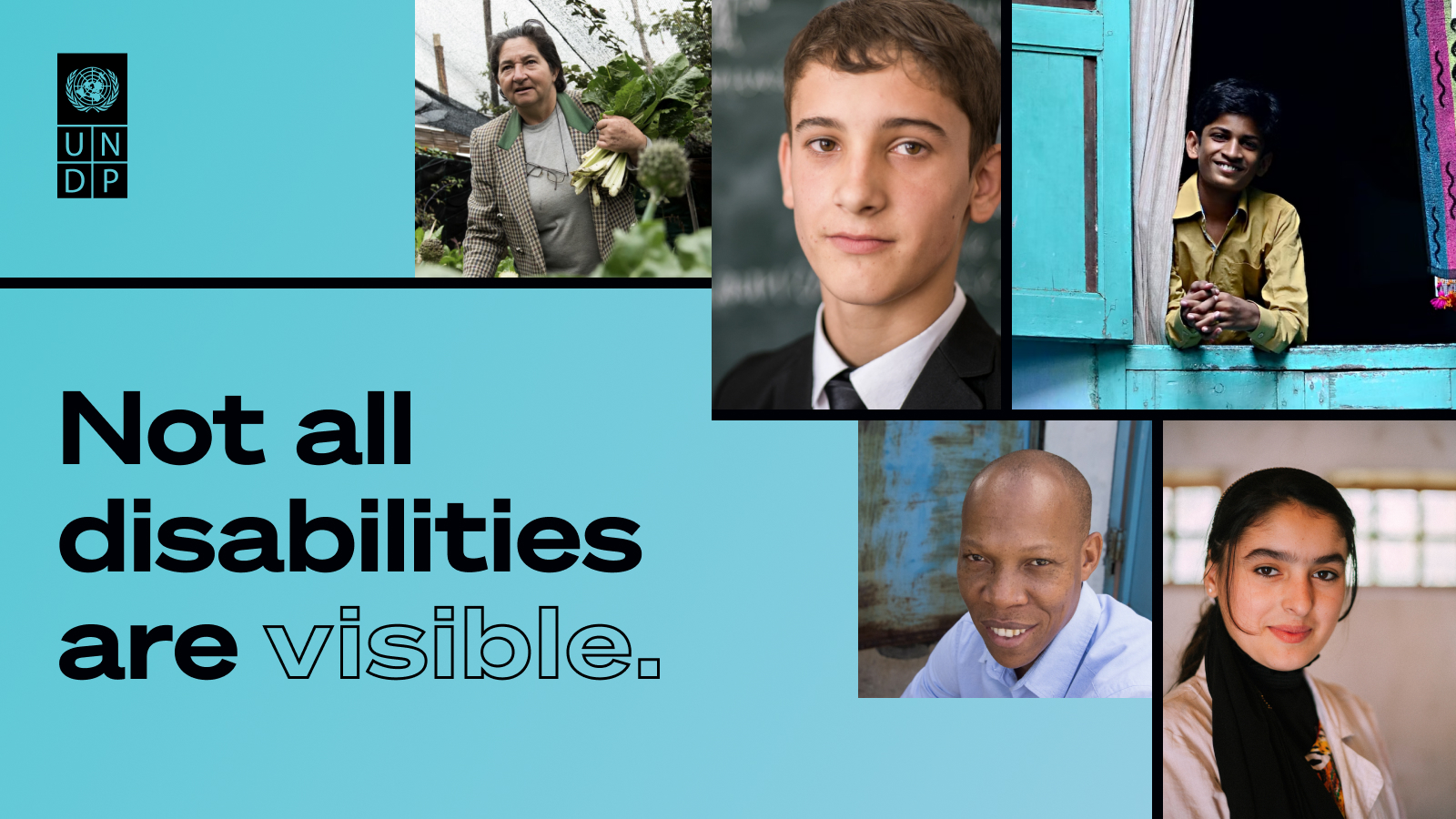
Inclusive employment
I remember in my first experience of employment, I was supporting my supervisor when I realized that I needed an accommodation. I explained that I had dyslexia and asked what accommodations I could seek for completing the task. Their first reaction was to joke and to say they wouldn't have hired me if they knew I had a disability. In the moment I felt conflicted and isolated – like I did something wrong. Eventually, I decided that I needed to change how I disclose my disabilities and to eliminate the culture of ableism in the workplace. Learning how to self-advocate and understanding my rights has been a journey. It feels like it’s fate because it has led me to where I am today in that I have a position at UNDP trying to help other people with disabilities get employed, to educate and to change the work culture to become more inclusive.
My advice to employers who want to be inclusive is to ask the person how you can best relay information. Be direct in your communication. At UNDP I’ve been part of training employees on workplace inclusion and building capacity for hiring young professionals with disabilities. But formalizing procedures so all employees know what is expected of them, and what they can expect back, is fundamental. I feel passionately that the next step for all organizations, including UNDP, will be to develop their own disability inclusion strategies for the workplace. I hope to be part of this process!
Where next?
Throughout my lifetime there have been innovations that have affected my life and the broader global community. The evolution of these innovations, which are more than just technology, have changed the conversation, allowed me to participate more fully and opened a world of employment opportunities. But while progress has in some areas been rapid, in others it has lagged behind. As we approach International Day for Persons with Disabilities, I would encourage people to remember that not all disabilities are visible, that diversity of thinking is a thing to be celebrated and that there is no one route to inclusivity!
"If we truly want diversity, then that means also celebrating diversity of the mind."

 Locations
Locations
